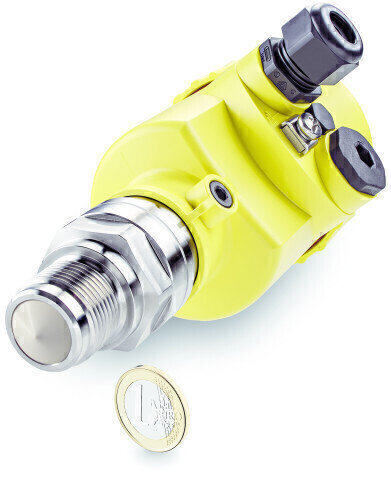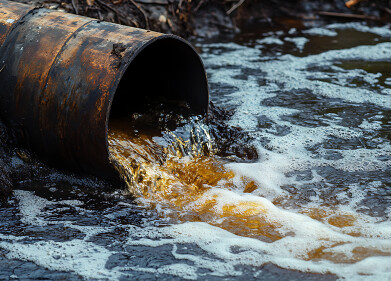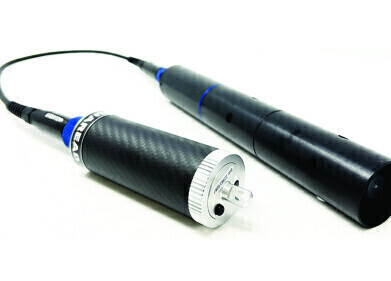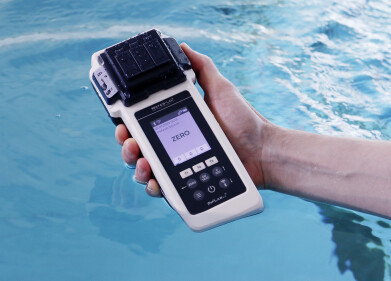-
 New radar level sensor VEGAPULS 64 for liquids: The smallest antenna is no bigger than a 1 Euro coin, so that the new measuring instrument is an ideal solution for installation in small containers.
New radar level sensor VEGAPULS 64 for liquids: The smallest antenna is no bigger than a 1 Euro coin, so that the new measuring instrument is an ideal solution for installation in small containers.
Water/Wastewater
Setting New Standards with 80 GHz
Mar 25 2016
VEGA Grieshaber KG (Germany) is now introducing VEGAPULS 64, the first radar level sensor on the market for liquids that measures at a frequency of 80 GHz. This feature allows considerably better focusing of the radar beam. With this new instrument, measuring is much easier and more reliable, even under difficult conditions, such as tanks fitted with heating coils, baffles or agitators.
Until now, a radar sensor with a transmission frequency of 26 GHz and an 80 mm-diameter antenna had a beam angle of approximately 10°. With the same size of antenna, the VEGAPULS 64 has a beam angle of only 3°. This allows the sensor to be used even in vessels with internal installations or heavy build up on the walls, as its focused microwave beam simply avoids these obstacles.
The larger the dynamic range of a radar sensor, the higher the measurement certainty and the wider the range of applications that the sensor can be used for. Until now there was no radar sensor for liquid applications on the market with a dynamic range like that of the VEGAPULS 64. This means that media with very poor reflective properties, i.e. a low dielectric constant, can now be measured with more certainty than previous radar sensors. Even foam, turbulent product surfaces, condensation or build up on the antenna are no problem – VEGAPULS 64 measures more reliably due to its greater measurement certainty. It has an accuracy of +/-2 mm, even with a measuring range of 30 m.
The new radar level sensor VEGAPULS 64 is not only ideal for wide use in the chemical industry, but also in the pharmaceutical and food industries, because of its hygienic materials and design. The relevant approvals for this sector, such as 3A and EHDEG, are available at launch. Thanks to its small antenna – the diameter of the smallest version is no larger than a 1-euro coin – it results in very compact process fittings, which means the sensor can offer an interesting alternative for confined spaces in small vessels. In addition to applications in mainstream manufacturing and processing industries, the sensors open up application possibilities in pilot plants and even laboratories, which, for space reasons, had to do without radar level measurement technology until now.
Digital Edition
AET 28.4 Oct/Nov 2024
November 2024
Gas Detection - Go from lagging to leading: why investment in gas detection makes sense Air Monitoring - Swirl and vortex meters will aid green hydrogen production - Beyond the Stack: Emi...
View all digital editions
Events
Dec 02 2024 London, UK
Dec 03 2024 Dusseldorf, Germany
Dec 11 2024 Shanghai, China
Jan 12 2025 Abu Dhabi, UAE
Jan 14 2025 Abu Dhabi, UAE







.jpg)










